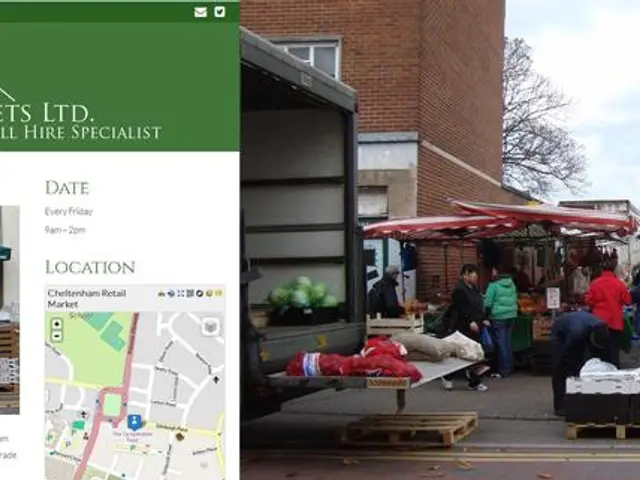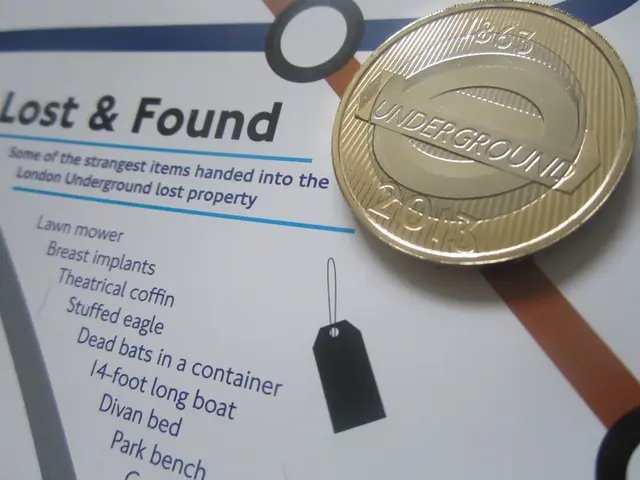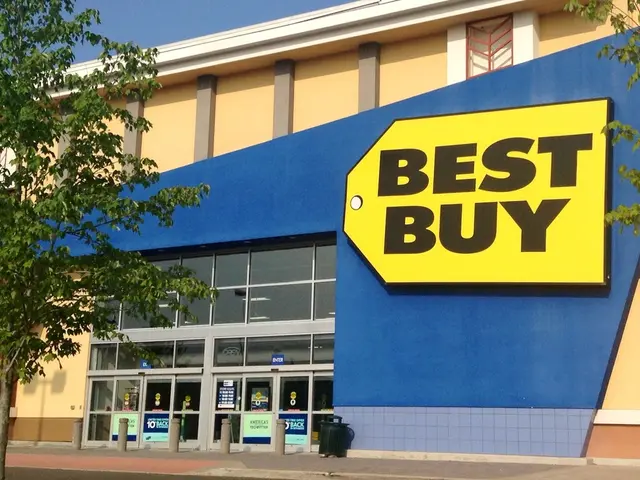Optimizing Efficiency in Your Final Delivery Service: Doing More with Fewer Resources!
In the rapidly evolving logistics market, the ability to adapt quickly to changing demands is crucial. Every shipper has unique operating procedures and needs, making flexibility a key factor in the ever-changing market.
The pressure to provide faster, lower-priced, more convenient last-mile service delivery is mounting. Consumers expect one-day delivery, accurate delivery windows, and service beyond the front door. Retailers and shippers are turning to 3PLs, carriers, and logistics providers as key partners in meeting these expectations.
Logistics providers can meet these demands by implementing process digitization and automation, advanced route optimization, real-time inventory management, strategic partnerships, and leveraging data-driven technologies.
Process digitization and automation, enabled by Warehouse Management Systems (WMS), Enterprise Resource Planning (ERP), AI, and machine learning, improves workflow coordination, reduces errors, and enables faster inventory and demand forecasting.
Route optimization technologies allow for faster, smarter scheduling, real-time re-optimization, and efficient routing. These tools reduce missed deliveries, improve driver productivity, and enable adaptation to last-minute changes like traffic incidents or new orders.
Real-time inventory tracking and distributed inventory management ensure stock is available close to customers, enabling quicker fulfillment and more accurate order promises. Robotics and automated audits can further enhance inventory accuracy and speed.
Collaboration with suppliers and 3PL partners streamlines supply chain coordination, stabilizes input availability, and offers flexible, hands-free logistics solutions that scale with demand.
Leveraging IoT, big data, GPS tracking, and predictive analytics supports end-to-end visibility and proactive decision-making, improving delivery reliability and customer experience.
Focusing on sustainable logistics such as optimized routes and eco-friendly packaging can reduce costs and environmental impact while meeting customer expectations for fast delivery.
Innovations in the logistics market are driven by the raised expectations and current wave of demand for parcel and package delivery. To stay competitive, logistics providers need to provide operational flexibility to adapt to multiple customers' needs and changing requirements.
Automation can offer operational benefits beyond streamlined processes. Drivers can add or update their shifts, manage their earnings, and perform additional services on the fly, all through the same interface they use to manage deliveries. Automated driver management applications should take regulatory requirements and driver breaks into consideration for dispatching and routing.
Consignees should also have the ability to set their own delivery appointments through the automation software. Real-time visibility and communication provide customers with automatic, real-time information without wasting time looking for data or contact details.
Software can even be used to gamify the delivery process, challenging drivers to improve delivery times or get more orders out. Inventory management tools allow drivers to add missing inventory, remove damaged items, and manage the chain of custody faster.
Accurately measuring delivery times is essential for effective route planning. Software can provide accurate data for time on site, time to deliver, and time on base.
In sum, integrating advanced logistics technologies and strategic collaboration, alongside continuous optimization of routes and inventory, empowers providers to deliver faster, more reliable last-mile service while managing costs and operational complexity effectively.
Read also:
- AI Inspection Company, Zeitview, Secures $60 Million Funding for Expansion
- Future of Payments: If the U.S. regulates stablecoins through the GENIUS Act, according to Matt Hougan
- Ongoing trade friction as the American administration levies fresh import taxes on goods arriving from China
- High-Performance McLaren Automobile: McLaren Speedtail




